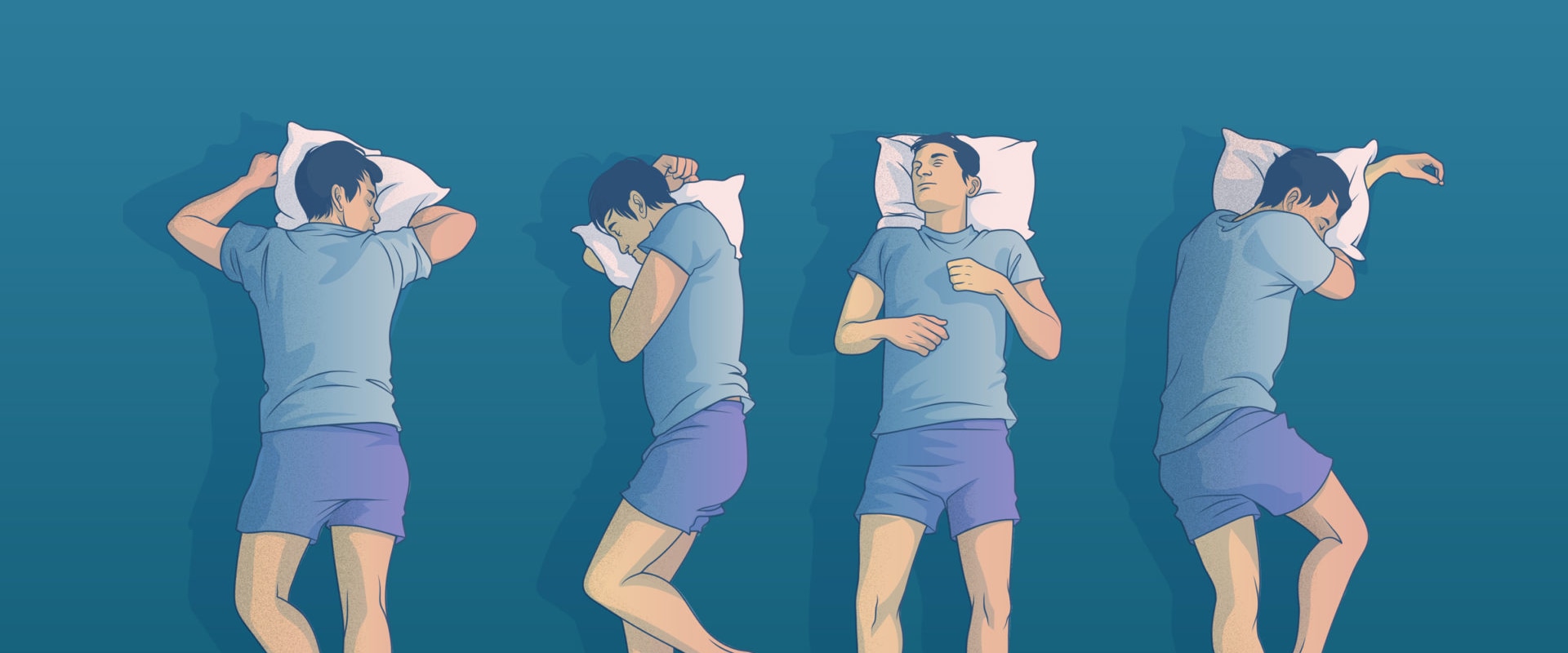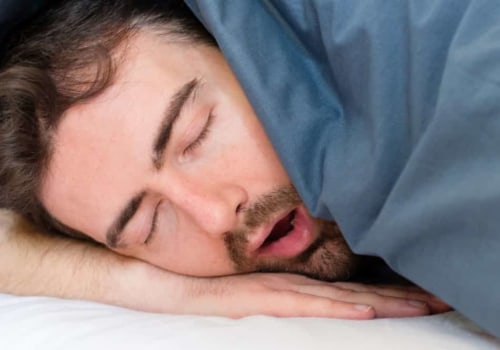When it comes to getting a good night's sleep, the position you sleep in is just as important as the mattress and pillow you use. Different sleeping positions can have a major impact on your health, comfort, and overall quality of sleep. In particular, sleeping on your side or on your back is considered more beneficial than sleeping on your stomach. In any of these positions, it's easier to keep your spine supported and balanced, relieving pressure on spinal tissues and allowing your muscles to relax and recover. In general, the healthiest sleeping position is on your side, preferably on your left side.
However, this isn't going to work for everyone. Fortunately, there are ways to adapt each sleeping position to be healthy and supportive. The best position to avoid back pain is to lie on your back. Even so, many people find it the most difficult way to enjoy deep sleep.
For optimal spinal alignment, place one pillow under your head or neck and another under your knees. If you're pregnant, you should avoid this position because it decreases blood circulation to the heart and baby. Side sleepers will want to opt for a soft mattress that provides great cushioned pressure relief on the shoulders and hips. Back sleepers should look for a medium-firm mattress that relieves pressure on the lower back and lifts the hips in alignment with the shoulders. And sleeping on the left side is better because it maintains pressure on the internal organs and promotes healthy blood flow. When it comes to pillows, side sleepers want a high pillow that brings the neck in line with the hips and lower back.
Back sleepers should use a pillow that keeps their head in line with their spine. And stomach sleepers should use a very thin pillow or no pillow at all. Obstructive sleep apnea occurs when the tissues in the back of your throat relax and close, briefly depriving you of oxygen. This condition is more common among stomach sleepers, so if you suffer from this condition, you should avoid sleeping on your stomach. Now that we've talked about what it's like to sleep in a healthy way, let's look at the different sleeping positions themselves. From best to worst, here's a summary:
- Side sleeping (preferably left side)
- Back sleeping
- Stomach sleeping
So if you're trying to improve the quality of your sleep, one of the first things you'll want to consider is the position in which you sleep naturally.












Leave a Comment